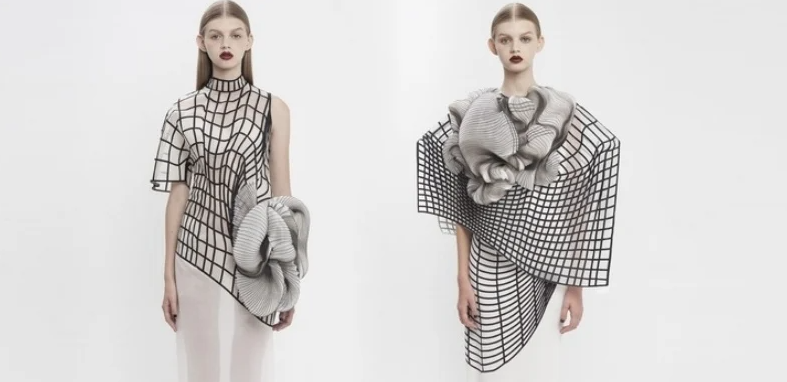
Not Your Usual 3D Fashion
Your article delves into the fascinating intersection of fashion and technology, particularly focusing on the advent and impact of 3D printing in the industry. The narrative effectively highlights the promise and challenges that come with the integration of such cutting-edge technology into traditional sectors.
Starting with the premise that technology is rapidly changing industries once dominated by human labor, you set the stage for a discussion on 3D printing—a technology that was once seen as potentially revolutionary for fashion. The early hype around 3D printing suggested a future where consumers could print clothes at home, radically transforming the fashion landscape with on-demand production and democratized design access. However, the reality of 3D printing in fashion has been more complex.
The exploration of 3D printing's early promise contrasts with the actual challenges the technology has faced. While 3D printing offered exciting possibilities, such as reduced manufacturing costs and the potential for greater design flexibility, it also brought concerns about the displacement of jobs and the security of digital design files. The article does well to acknowledge these issues, reflecting the broader concerns surrounding technological advancements in various industries.
The piece effectively discusses the niche role that 3D printed fashion has found, primarily in the realm of high fashion and art rather than everyday wear. The difficulties in replicating the flexibility and comfort of traditional fabrics with 3D printed materials are well explained, highlighting why the technology hasn't yet taken over mainstream fashion. The mention of celebrities wearing 3D printed designs on the red carpet serves as a vivid example of where this technology has found its place—more as a statement-making tool rather than a practical solution for the masses.
You also note the more successful integration of 3D printing in other fashion-related areas, such as footwear and jewelry. These examples, like Adidas’s Futurecraft 4D sneakers and LACE by Jenny Wu's 3D printed jewelry, show where the technology has found a more natural fit, leveraging the structural strengths of 3D printing to create innovative products that resonate with consumers.
Overall, your piece provides a balanced perspective on the state of 3D printing in fashion. It acknowledges the initial excitement and the subsequent reality check, while also recognizing the areas where the technology has made significant strides. As 3D printing continues to evolve, it's clear that its role in fashion will likely expand, but perhaps not in the way that was initially imagined. The future of 3D printed fashion may lie more in specialized, high-end applications rather than in everyday wear, at least for the foreseeable future.
Comments (0)
.jpg)
The Joy of Embroidery: Creating Beautiful Textile Art
This blog post explores the joy of embroidery and provides tips for creating beautiful textile art. It covers materials needed, different techniques, project ideas, tips and tricks, and sharing your work with others. Embroidery can be a relaxing and satis










